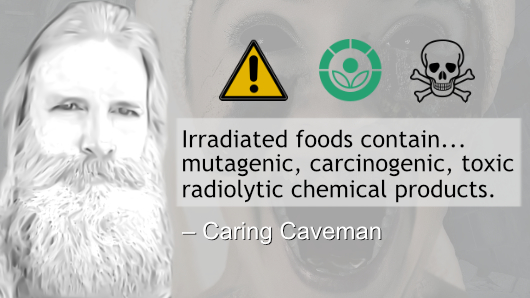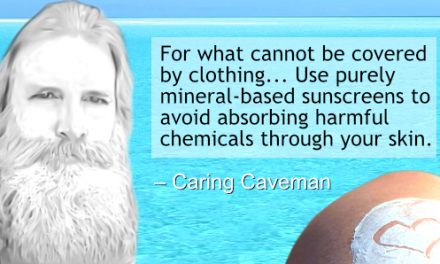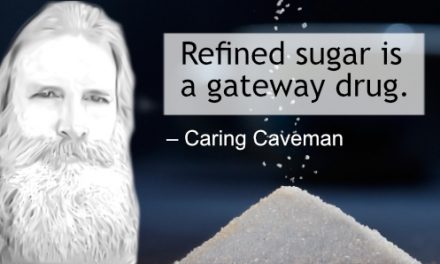Irradiated foods contain… mutagenic, carcinogenic, toxic radiolytic chemical products.
Food irradiation makes the food chain more profitable because allows for less sterile food production and distribution, and unnaturally extends shelf life.
It reduces post-harvest losses by killing the living organisms that are on or in already badly contaminated food and on or in foods that would otherwise become unsafe to still be sold by the time they reach the consumer.
The radiation doesn’t just kill organisms on and in the food though, it also creates toxins in the food which act as chemical preservatives. This aspect of how food irradiation works is often glossed over or left out of explanations to the public.
Benzene is just one of the carcinogenic chemical compounds formed by irradiating food. Toluene (methylbenzene) and its aldehydes, such as formaldehyde and malondialdehyde also form in irradiated foods. It’s these and other toxic chemicals, which are poisonous for living organisms that function as preservatives after a food has been irradiated.
These chemicals are all extremely toxic and unhealthy for the bodies of humans and animals. As always though, the intentionally distracting debate is deliberately focused on how much poison is too much poison.
It’s better to just avoid foods that are not safe without the need for sterilization and adding poisons.





